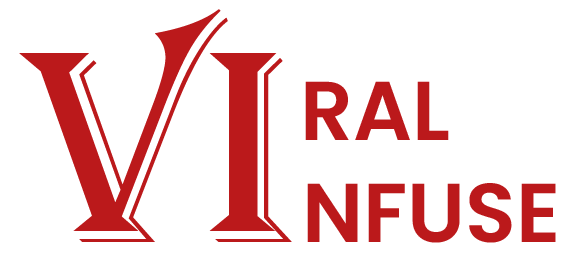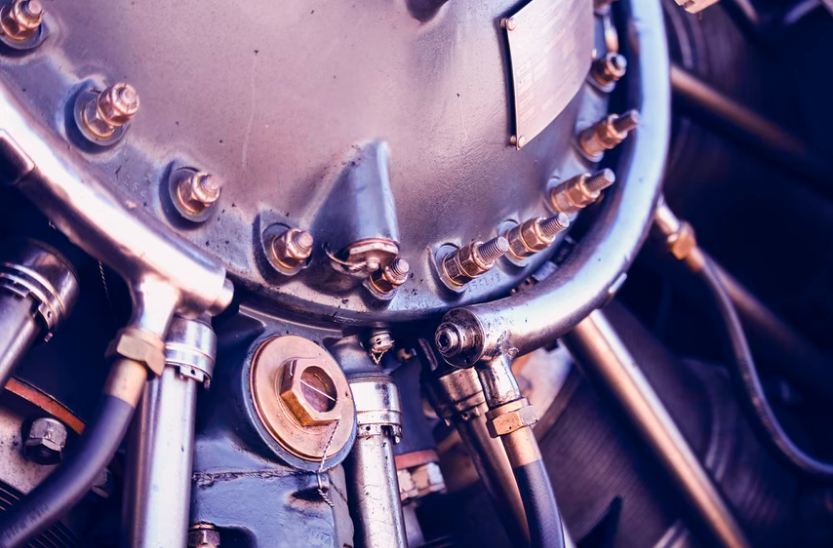Valve actuators are certain types of flow control components used in the bodies of the valves. The turning portion of these actuators will ultimately decide whether the valve is open, partially open and whether it should completely obstruct the flow of liquid or gas. These functions need to be controlled very accurately to avoid leakage of materials flowing through the body of the valves.
Why are Valve Actuators employed?
- Streamlining a liquid flow.
- Valve placement usually requires a lot of force to operate
- System functioning is instantaneous in order to protect employees and equipment from dangerous situations.
- Valves are installed in areas where human operation is not feasible in certain situations or impossible.
- Maintaining a required flow or pressure of the flowing materials, whether it can be liquid or gas, over a long period of time.
Different Types of Valve Actuators
Automatic valve actuators are divided into three categories: those operated by air having very high pressure, hydraulic power, or power drawn from an electrical source.
Pneumatic Actuators
For operating a body of any valve, pneumatic actuators employ compressed air. They accomplish this by forcing air through a piston-like structure connected to the valve body’s stem.
These types of actuators are some of the most widely used actuators, as their design and mechanism are simple, making them very durable. Moreover, they also allow the valve to work automatically depending on the volume and pressure of the liquid. These actuators work ideally in valves for oil and gas.
Pros:-
- the simplistic design and durable
- Stroking at a high rate
- Lower chances of fire hazards and cost-effectiveness.
- In case of any power inefficiency, it can use high-pressure air to operate itself.
Cons:-
- The flows of fluid are not that fast.
- Air compressibility, which can result in shaft movement speeds that are uneven.
- It is nearly impossible to manage position accurately unless the door is completely open or closed.
Pneumatic actuators are employed in a variety of industrial as well as domestic applications due to their simple design, great dependability, and low cost. For example, Pneumatic diaphragm actuators are frequently employed to monitor the cooling flow of any type of liquid inside the reactors of power plants.
The materials used in these actuators are also crucial since they impact how long the valve will last. Many people prefer aluminum actuators because they are more durable. Contact an activated alumina supplier if you’re looking for an aluminum actuator.
Electric Actuators
Electrically operated motors and valves operated through the electrical power of solenoids are some of the examples of electric actuators. These types of Actuators also have some subgroups, depending on whether it operates automatically or semi-automatically, or whether it can be fully closed or partially closed or, or even the positioning of the actuators.
The electrically operated motor rotates in two directions and uses couplings of their gear to handle the valve’s stem. These types of valves can mostly operate automatically and employ electrical sources to keep themselves running.
On and off switches are commonly used to control them. Because these valves are used in industries, they must cope with a large amount of electricity, so a vacuum circuit breaker should be installed in your switches. Make sure to contact vacuum circuit breaker manufacturers to get yourself one.
Pros:-
- There is no need for pressurized air or liquids.
- When cold temperatures threaten to freeze condensation in air supply lines, this device comes in handy.
- Capable of generating massive levels of torque
- Consistent and customizable working speeds are possible.
- Electric wires are easier to route to an actuator than pipework.
Cons:-
- Actuators of this sort are more expensive and complicated than those of other types.
- Comparatively slower operation speeds
- Susceptible to a power outage
- Possibility of a fire
If any type of moisture is collected in these types of actuators, the internal mechanism can freeze if any cooled liquid is passed through it. During these cases of extreme temperatures, the operators rely on electrically operated motors.
Hydraulic Actuators
Hydraulic actuators usually operate the movements of the valve with the help of a fluid subjected to high pressure. Water or oil is utilized as the hydraulic fluid, which can be applied to either side of the valve’s piston to operate its movements. These types of valves can be automatic, or they might be semi-automatic. Automatic and semi-automatic valve operation is possible with hydraulic valves.
Pros:-
- More powerful than a similar-sized pneumatic actuator
- Valve position is precisely controlled, allowing a modest input pressure to be converted into a big output pressure.
- The incompressibility of any type of fluid means that relatively much lesser energy can be lost during its movements.
Cons:-
- A hydraulic pump from outside is necessary.
- Temperature fluctuations can have an impact on efficiency.
- Pneumatic actuators are more expensive and sophisticated.
- It can cause a fire hazard if it leaks.
The primary types of stop and control valves used in various kinds of turbine pipes are frequently operated by hydraulic actuators. Hydraulic actuators are highly suited for this purpose because of their ability to perform the valve against high-pressure steam and their ability to close the valve if control oil is lost immediately.
Functions of a Valve Actuators
Adjust the closing mechanism (ball, disc, or plug). In various cases, the actuators must have the necessary direction controls and deliver enough torque for the thrust pressure, allowing them to operate the opening and closing mechanism.
Apart from the oil or gas industry, they are also widely used in the electronic sector. For instance, taking care of the movements of a mechanically operated arm. Moreover, they are also used among the engine cooling systems of your vehicles and automotive, allowing them to optimize their energy output from burning the fuels.
Final Thoughts
Valves have been around for quite a while, and they can’t move as useful as they are now without the support of actuators. If you are in charge of buying the valves for your operation team or your company, you should have good knowledge about some of the most effective types of actuators. Make sure to go through the different types of actuators mentioned in this article and choose the perfect valve according to your requirements.


